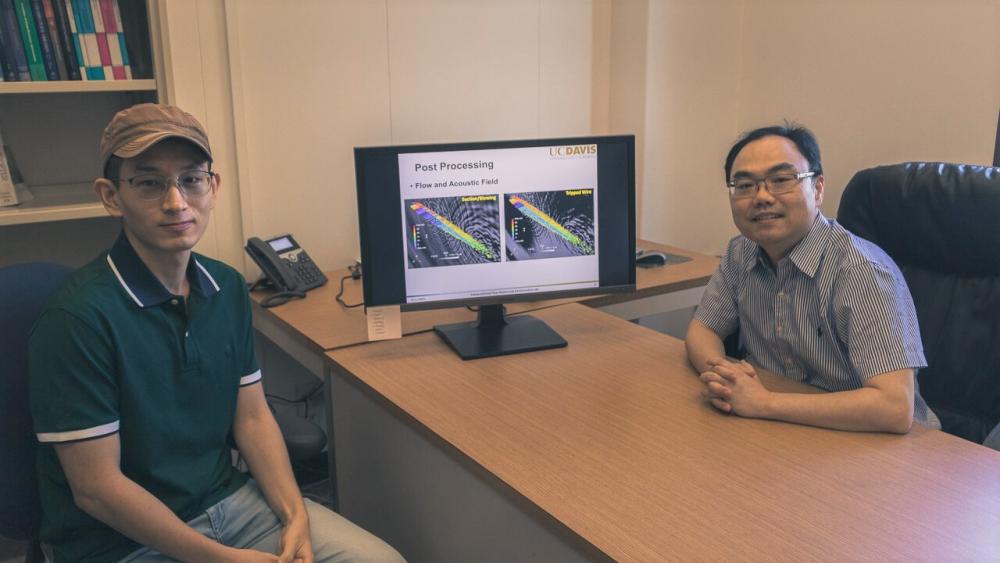
Cracking Turbulence
Mechanical and Aerospace Engineering Associate Professor Seongkyu Lee has been selected as a participant in Stanford University’s Center for Turbulence Research (CTR) Summer Program . The CTR Summer Program is a biennial research program that promotes the development and evaluation of new ideas in turbulence research. The novel ideas and preliminary results generated during the program are expected to lead to publications and to provide the grounds for new research in the participants' home institutions.
“The CTR Summer Program is a prestigious academic program, and the only program in the world that is dedicated to turbulence research,” Lee said. “We are excited to be invited and to meet with world-class researchers in turbulence and exchange new ideas.”
Donghun Kang, one of Lee’s Ph.D. students, will accompany him to conduct research on trailing-edge noise using high-fidelity large eddy simulations (LES) and a novel wavelet transform. Trailing-edge noise is generated by the scattering of turbulent pressure fluctuations at the trailing edge of an airfoil. This noise is important in many industrial applications such as wind turbines, rotorcraft and turbomachinery.

Understanding how this noise is generated is difficult because the pressure includes turbulent hydrodynamic sources and acoustic sources. To address this challenge, Lee and Kang introduced a novel wavelet transform approach, which is a computer algorithm commonly used in image and signal processing. This approach parses pressure fluctuations into coherent (hydrodynamic) and incoherent (acoustic) sources, which makes them easier to analyze.
“This new approach will help us better understand the fundamental mechanism of how turbulent flows generate noise in a lifting body,” said Lee.
Lee and Kang presented their idea and preliminary results at the American Institute of Aeronautics and Astronautics/Council of European Aerospace Studies (AIAA/CEAS) Aeroacoustics conference in June 2022. At the CTR Summer Program, they will further develop the idea and investigate the effect of flow transition on trailing-edge noise. Prior to performing the wavelet transform, they run LES to solve the fluid mechanics governing equations, which typically takes several weeks on several hundreds of high performance computing (HPC) system. Stanford will provide the participants with the sufficient HPC resource time required to conduct the summer research.
Lee is excited not only to develop the idea, but also to give Kang valuable experience working at the cutting-edge of turbulence research while broadening his network.
